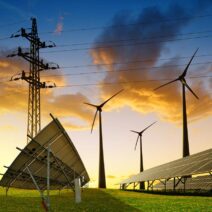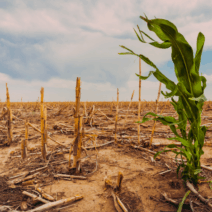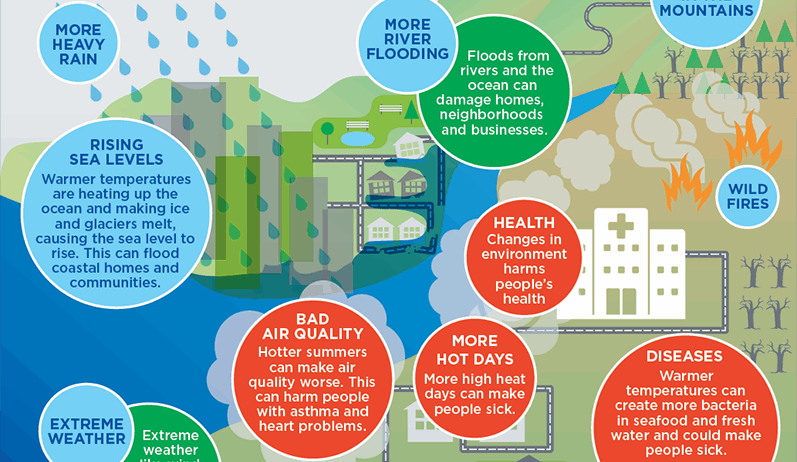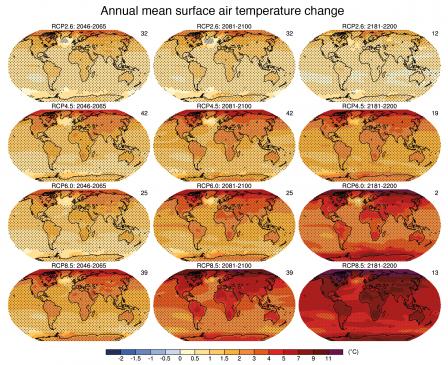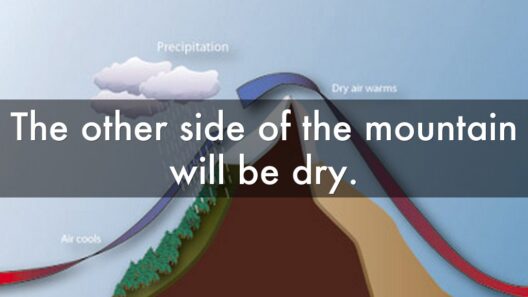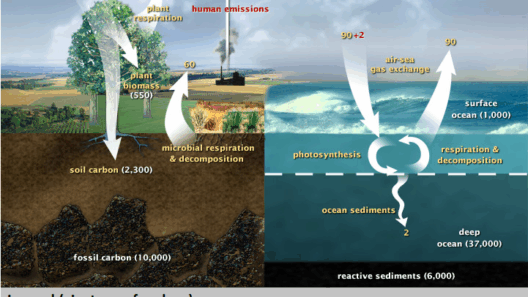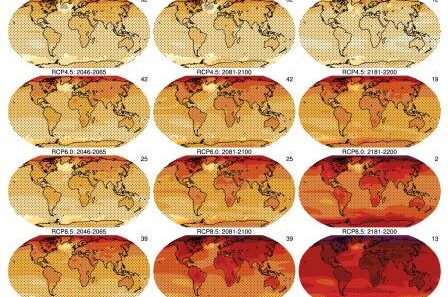Climate change is not a distant future concern; it is a tangible reality affecting communities across the globe, and yours is likely no exception. The intricate interplay of rising temperatures, shifting weather patterns, and sea-level rise manifests in various ways that can be observed in local environments, economies, and public health outcomes. Understanding how these changes are impacting your community can foster greater awareness and motivate collective action. This comprehensive examination explores several vital dimensions of climate change, elucidating current ramifications while highlighting the importance of proactive engagement.
1. Climate-Driven Weather Events
One of the most immediate and noticeable impacts of climate change in many communities is the increase in the frequency and severity of extreme weather events. Heatwaves, heavy rainfall, hurricanes, and floods are becoming more common, leading to significant disruptions. During recent years, many regions have experienced unprecedented flooding events that have inundated streets, destroyed property, and disrupted local economies. Such occurrences not only result in physical loss but also strain emergency services and public resources. Moreover, prolonged heatwaves can lead to heat-related illnesses, particularly among vulnerable populations, such as the elderly and those with pre-existing health conditions.
2. Rising Sea Levels and Coastal Community Challenges
For coastal communities, rising sea levels pose an existential threat. As polar ice caps continue to melt due to global warming, rising oceans have begun to erode shorelines, flood homes, and disrupt local ecosystems. Communities near the coast face increasing risks of saltwater intrusion into freshwater supplies, which can compromise drinking water sources and agricultural viability. An immediate anecdote is the plight of families and businesses forced to relocate due to uninhabitable conditions, emphasizing the urgency of addressing climate change comprehensively.
3. Ecosystem Disruption and Biodiversity Loss
The effects of climate change extend beyond human impact, encroaching upon local ecosystems as well. Shifts in temperature and changing precipitation patterns disrupt the delicate balance of habitats, causing species migrations and food web disruptions. This leads to the decline or extinction of certain species, which can affect biodiversity, ultimately resulting in diminished ecosystem services such as pollination, water purification, and carbon sequestration. In your vicinity, you may notice alterations in plant flowering times or bird migration patterns, which serve as indicators of ecological disruption.
4. Implications for Agriculture and Food Security
Climate change exerts profound effects on agriculture, an essential component of local economies and food security. Fluctuating weather patterns can lead to unpredictable growing seasons, altered crop yields, and increased pest invasions. Farmers in your community may struggle to adapt to these changes, resulting in higher food prices and diminished agricultural productivity. Regions reliant on particular crops may find themselves at risk of significant economic losses, impacting not only farmers but also consumers at the grocery store.
5. Public Health Outcomes and Vulnerability
Climate change is inextricably linked to public health challenges. As temperatures increase, air quality may deteriorate, contributing to respiratory issues such as asthma. Additionally, climate change influences the spread of vector-borne diseases like Lyme disease and West Nile virus by expanding the habitable ranges of transmitting organisms. Vulnerable populations, including those living in poverty or with limited healthcare access, may bear the brunt of these health risks, exacerbating existing disparities. Local health departments are increasingly tasked with addressing these challenges through preventive strategies and public awareness campaigns.
6. Economic Transformation and Job Opportunities
The transition towards a climate-resilient economy may bring about both challenges and opportunities. While certain sectors, like fossil fuels, may decline, emerging industries such as renewable energy, sustainable agriculture, and green technology are flourishing. This shift not only provides pathways to mitigate climate impacts but also fosters job creation in your community. Engaging in initiatives that promote local workforce training in renewable energy sectors can pave the way toward a sustainable future, ultimately enhancing regional economic resilience.
7. Community Engagement and Activism
Addressing climate change is not solely the responsibility of governments and corporations; communities must mobilize to advocate for change. Grassroots initiatives aiming to plant trees, promote recycling, and develop local sustainability projects have tremendous potential to foster collective responsibility. Organizing community forums can empower residents to voice concerns and develop actionable plans to address specific local climate issues. Encouraging schools to incorporate environmental education can inspire the next generation to prioritize sustainability and contribute to a resilient future.
8. The Importance of Adaptive Strategies
As climate change continues to intensify, it is crucial for communities to adopt adaptive strategies to mitigate risks. Urban planners and policymakers are increasingly implementing green infrastructure to enhance resilience. Initiatives such as green roofs, permeable pavements, and urban trees can manage stormwater, mitigate heat, and improve air quality. Encouraging local governments to adopt climate action plans and integrate climate considerations into their decision-making processes fosters long-term resilience.
In conclusion, the impacts of climate change on your community are immediate, multifaceted, and profound. By understanding the ongoing changes and engaging in collective efforts to adapt and mitigate these effects, communities can forge a sustainable path forward. The necessity for awareness, activism, and strategic planning has never been more vital. Every individual plays a crucial role in initiating change, fostering a healthier environment, and ensuring a resilient future for generations to come.
